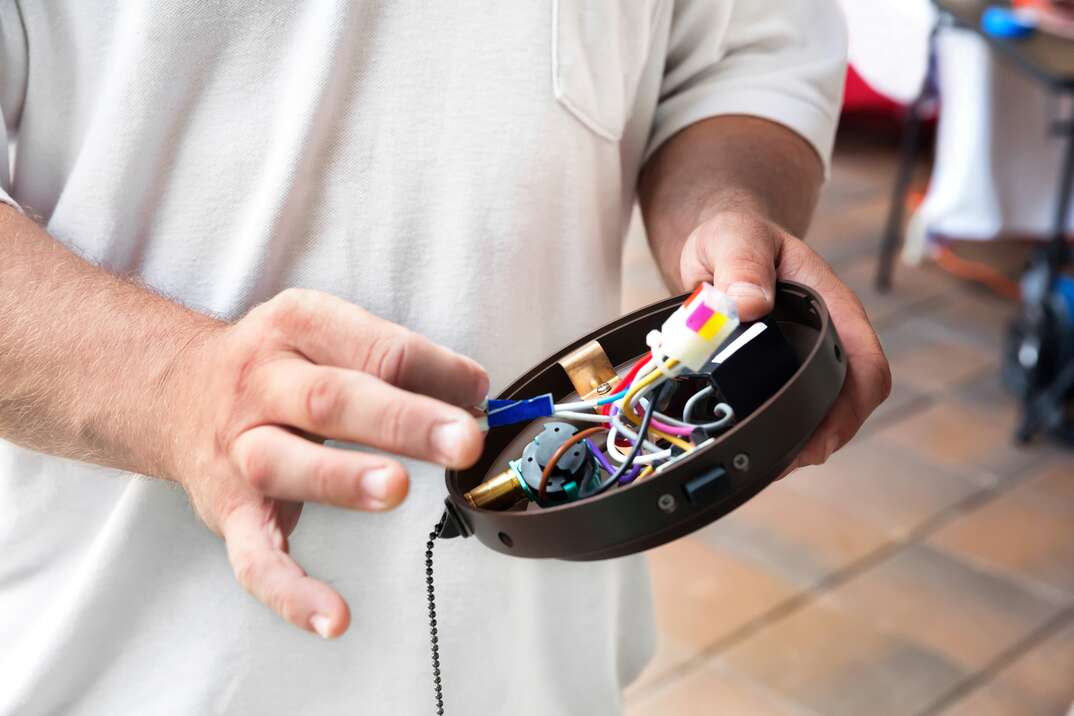How to bleed a radiator

Heating season is gearing up for much of the country and many homeowners may have some unexpected hiccups with their radiator and heating systems. For those with hydronic or radiant heat, a malfunctioning radiator can be set right with a few quick steps.
Check all the radiators in the house.
Turn the heat up and let the hot water cycle through the system. Check each individual radiator to find the cool spots. Move your hand over and under each radiator to see if sections are not warming up. Make a note of the units that are not working properly – these will be cool to the touch instead of toasty warm.
Turn off your heat. Use the main control for your heating unit to do so and don’t just turn down your thermostat.
Find the radiator bleed valve.
For free-standing radiators, this is usually a small knob or handle on the side. For baseboard radiators, the bleed valve will be just underneath one of the endcaps on each individual section. Then follow these steps:
Place a towel or small bowl under the radiator bleed valve to catch any excess water or condensation that is released. Warning: escaping water may be hot!
Using your bleed key or screwdriver, carefully turn the valve counter clockwise - usually a quarter or half turn will do the trick. Baseboard units will require a screwdriver to turn the valve, while freestanding radiators will usually have a bleed key.
Listen for the hiss. Any air that is trapped in your radiator will escape. There may be some water bubbling, too. When water ONLY begins to dribble from the valve, you’ll know that all the air has been purged from the radiator.
Re-tighten the bleed valve. Clean up any excess water.
Finally, turn the heat back on. Check the units again to see if they are warming up correctly.
Did your DIY radiator bleed do the job? If it did, congratulations!
If not, take a look at this step-by-step video to help you try again.
Once you’ve bled the radiator, it should now provide a uniform temperature top-to-bottom.
If this did not fix your heating troubles, it may be time to schedule an appointment with a heating professional; you may have a problem with blocked lines, valves, or regulators in your heating system. Companies offer home repair plans that can help offset the costs of repairs for major systems in and outside of your home.
Visit HomeServe to see how you can find an affordable home repair plan in your area.


